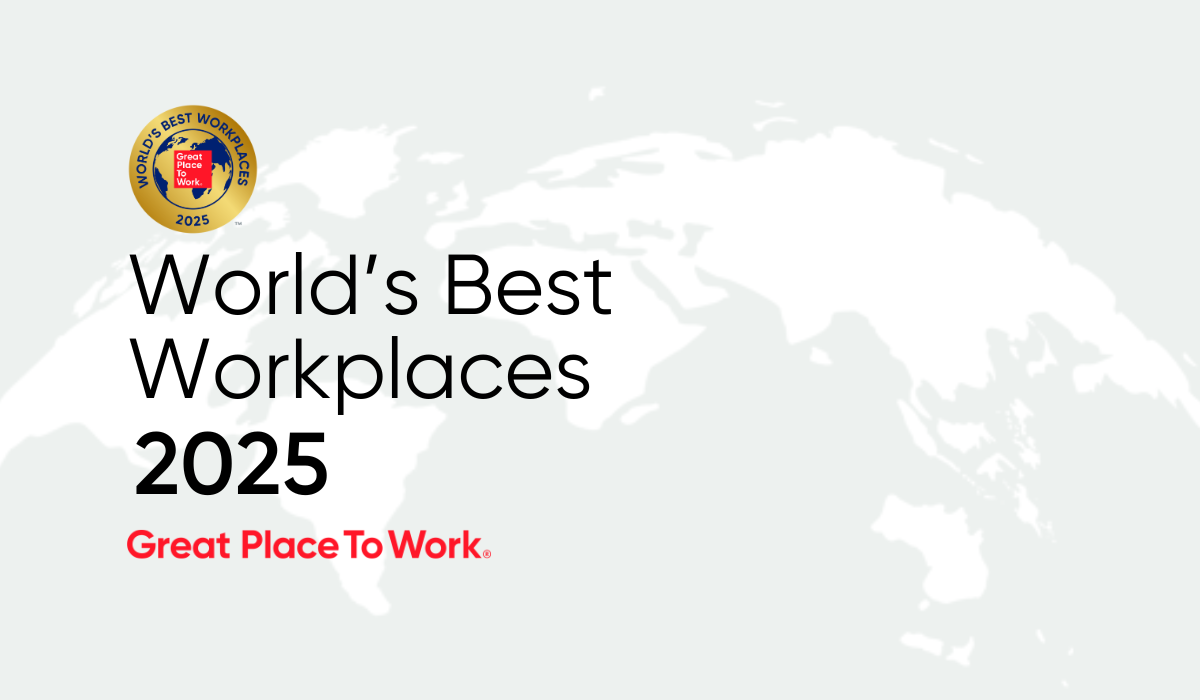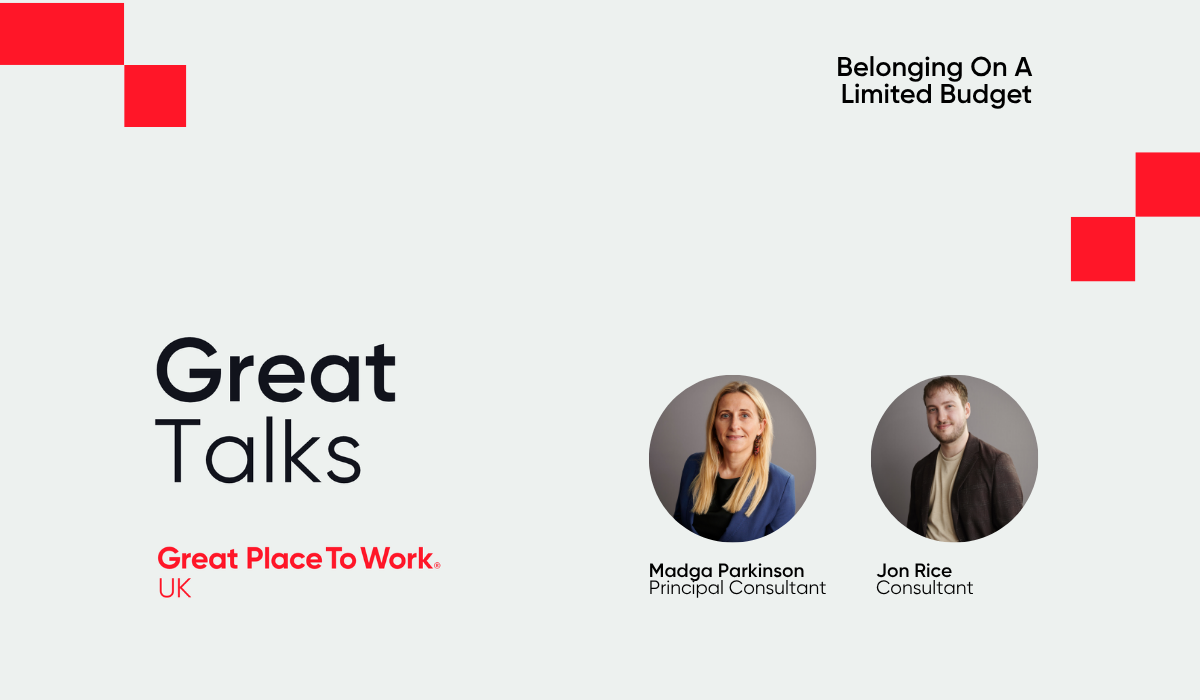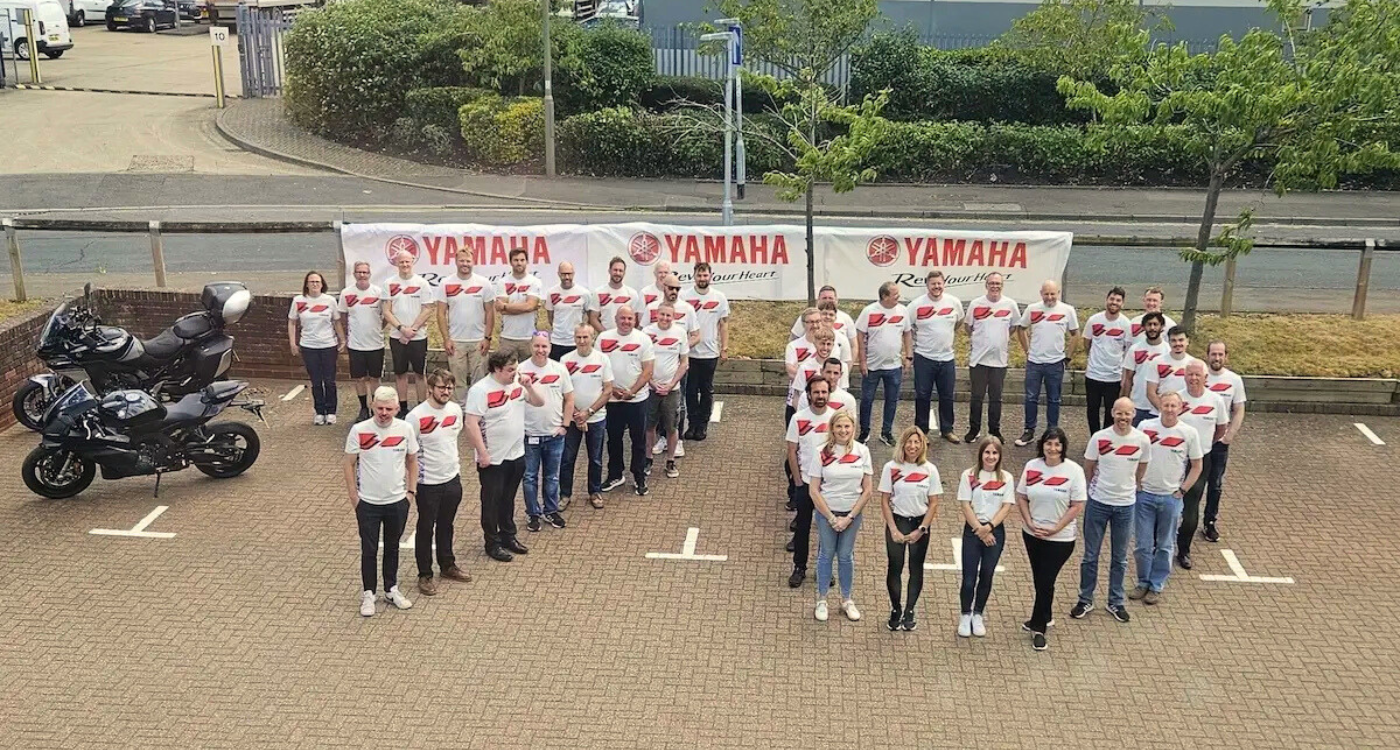When I spoke with Dr. Petrina Carmody in our recent LinkedIn Live, one message came through loud and clear: Trust is not a nice-to-have. It is the foundation of business growth, employee engagement, and performance.
As Chief Change Officer at Great Place To Work and a Chartered Psychologist, Petrina sees first-hand how leadership behaviours shape culture and results.
The data is striking. Great Place To Work’s research shows that the UK's Best Workplaces achieve revenue per employee that is 6.25 times higher than companies where trust is weaker. In the US, this reaches 8.5 times.
Professor Alex Edmans of London Business School recently conducted a study to investigate the financial benefits of great company culture by measuring the performance of UK’s Best Workplaces in comparison to other companies. Edmans created a hypothetical stock portfolio of UK-based, publicly traded companies from the Best Workplaces™ Lists; exploring the returns of this ‘Best Workplaces portfolio’ vs. FTSE All-Share Index over a 23-year period. His findings showed that the Best Workplaces delivered more than four times greater returns of a similar investment in the FTSE All-Share.
Video | Alex Edmans on How Employee Satisfaction Fuels Financial Performance
The financial case is compelling, but the human case is just as powerful.
As Petrina explained, “The notion, in simple terms, is that if you treat me right, I’ll feel better and do better.” That belief runs through everything we discussed in the LinkedIn Live, from proximity leadership, to the role leaders play in shaping culture, to employee advocacy.
And it is why understanding how leaders influence trust is worth every leader’s attention.
Proximity leadership explained
Great Place To Work’s European Workforce Study explored the state of proximity leadership across 19 countries. At first glance, you might assume proximity merely means being physically close, but it is actually about human connection.
Proximity leadership is a leadership style fundamental
to building high levels of trust between leaders
and their teams through consistent, meaningful
interactions – regardless of the working environment.
Petrina broke it down into three main areas:
-
Trust & Empowerment – do leaders involve people in decision-making, encourage autonomy and stay open to new ideas? Can employees make mistakes without fear?
-
Approachability & Communication – are leaders approachable, do they set clear expectations, keep people informed and give straight answers to reasonable questions?
-
Care & Appreciation – do leaders show appreciation, is work-life balance actively encouraged and do leaders take a sincere interest in employees as people?
The trust gap
The European Workforce Study is based on Great Place To Work’s surveys of almost 25,000 employees. The study shows a 54% UK average proximity leadership score, based on the confidential employee feedback — significantly lower than the 88% score achieved by the UK's Best Workplaces. This difference matters. These top-performing organisations deliver a better experience for their people and, in turn, their people deliver better, meaning greater productivity and profitability.
One part of the data we discussed stood out to me in particular: In organisations generally, 55% of employees agree management takes a sincere interest in individuals as people, not just employees, at their organisation. But in the Best Workplaces, that figure rises to 86%. Petrina reflected,: “From the research and from my 20-odd years of experience, I would suggest that this is one of the most important areas to focus on.”
Taking a genuine interest in people is one of the most effective ways leaders can build trust. It is often the difference between employees who stay silent and those who feel engaged enough to advocate for their organisation.
What struck me is how this finding connects to wider research. The 2024 Edelman Trust Barometer found that 79% of employees globally say they trust their employer more than other institutions, such as the government or media. Trust is now the baseline expectation for employees, not a bonus.
Trust, advocacy and the ripple effect
At Tribal Impact, we see this play out in our employee advocacy and executive branding programmes. When leaders are visible and active on LinkedIn, their behaviour has a ripple effect on employees. Activity increases, conversations build and advocacy spreads.
When leaders’ activity drops, employee activity often falls away, too.
Petrina sees the same pattern in the Great Place To Work research: “Where there are higher levels of engagement and trust, people are more likely to sincerely advocate.” Advocacy is not manufactured. It is the result of employees genuinely experiencing trust in the workplace and choosing to share their positive experiences with their audience.
One of the most memorable ideas from our conversation was the trust reservoir: imagine every interaction between a leader and their team as adding water or taking water away. Every comment, decision, or conversation either builds trust or reduces it. Leaders who keep their reservoir full create energy for the future and resilience in tough times.
As Great Place To Work founder Robert Levering said, “The constant replenishing of the trust reservoir is the single most distinguishing characteristic of great workplaces."
Why this matters for employee advocacy
Trust does more than make employees feel good. It directly fuels advocacy which, in turn, impacts talent attraction, retention and brand reputation.
Advocacy like this is a signal of something deeper. Employees only speak positively about their organisation when they feel trust in the leadership and culture. That same trust also influences whether they want to build a long-term career there. The European Workforce Study found that in high-trust workplaces, 84% of employees said they want to stay at their organisation "for a long time" versus only 11% of employees saying the same at low-trust companies.
This is why leadership matters. Visibility, consistency between words and actions, and genuine care for people all build the reservoir of trust.
Making trust your competitive edge
When I asked Petrina how leaders can genuinely build and increase trust, she pointed to what Great Place To Work’s analysis shows year after year. By looking at the highest performing organisations, they can see what really makes the difference.
She shared three top drivers which have the biggest impact on driving engagement in the UK's Best Workplaces are:
- Creating a sense of fun at work;
- Management taking a sincere interest in employees as people;
- Management's actions matching its words.
These might sound simple, but they are what give organisations their competitive edge.
Trust is built in everyday actions, and when employees experience it, they respond with commitment and advocacy. If you want people to speak up for your organisation, make sure you drive a workplace culture they believe in.












